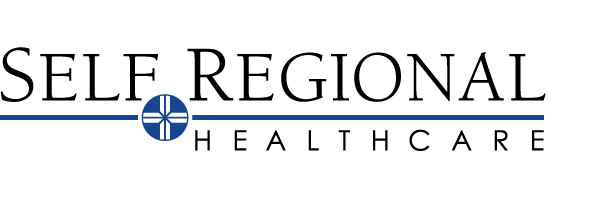What is 3D mammography?
3D mammography, also known as tomosynthesis, combines multiple breast X-rays to create a three-dimensional picture of the breast. These multiple images help doctors see a clearer view of breast masses, making it easier to detect breast cancer.
What’s the difference between traditional 2D mammography and 3D tomosynthesis mammography?
With traditional mammography, two images of each breast are taken from two angles—top to bottom and side to side—so that the radiologist can see all of the breast tissue in one image. With 3D mammography images, radiologists are able to view breast tissue in thin, 1 millimeter slices, allowing the radiologist to see the different structures better, as well as the location, size and shape of any abnormal tissue.
Who should get a 3D mammogram and why?
Everyone who is a candidate for traditional mammography is also a candidate for 3D mammography. Women with dense breast tissue, or those at high risk for developing breast cancer, may benefit most because it provides a clearer picture.
To learn more about breast density, visit “Are You Dense” and “Breast Density”.
What are the risks associated with having a 3D mammogram?
Both traditional and 3D mammography use x-ray energy, which uses a low level of radiation. There is no greater risk using 3D mammography instead of traditional mammography.
What can you expect during your 3D mammogram?
- During the 15 minute procedure, you will be given a gown and asked to remove any necklaces and clothing from the waist up and stand in front of the 3D mammography X-ray machine.
- The technician will place one of your breasts on a platform and it will be slowly pressed against the platform by a plate. A moderate pressure is then applied for a few seconds to spread out the breast tissue. You may find this portion of testing uncomfortable or slightly painful, which is normal.
- The machine will collect images as it moves above you from one side to the other. To minimize movement, you may be asked to stand still and hold your breath for a few seconds.
- The pressure on your breast will be released and the machine will reposition to take a side image of your breast. Your breast is then positioned on the platform again, and the clear plastic plate applies pressure. The camera will take images again, followed by repetition of the same process on the other breast.
- Your screening results are read and interpreted by a Radiologist in image fragments. If anything unusual is found, the Radiologist will refer to the 2D images taken, as well as older mammograms on file to determine if additional tests like an MRI or ultrasound are needed.
What is the cost?
Many insurance companies are now covering 3D mammography, but it’s always best to contact your health insurance carrier directly to find out if this service is covered by your plan.
Questions?
For any additional questions or for more information, contact our Imaging Center at (864) 725-7150.

